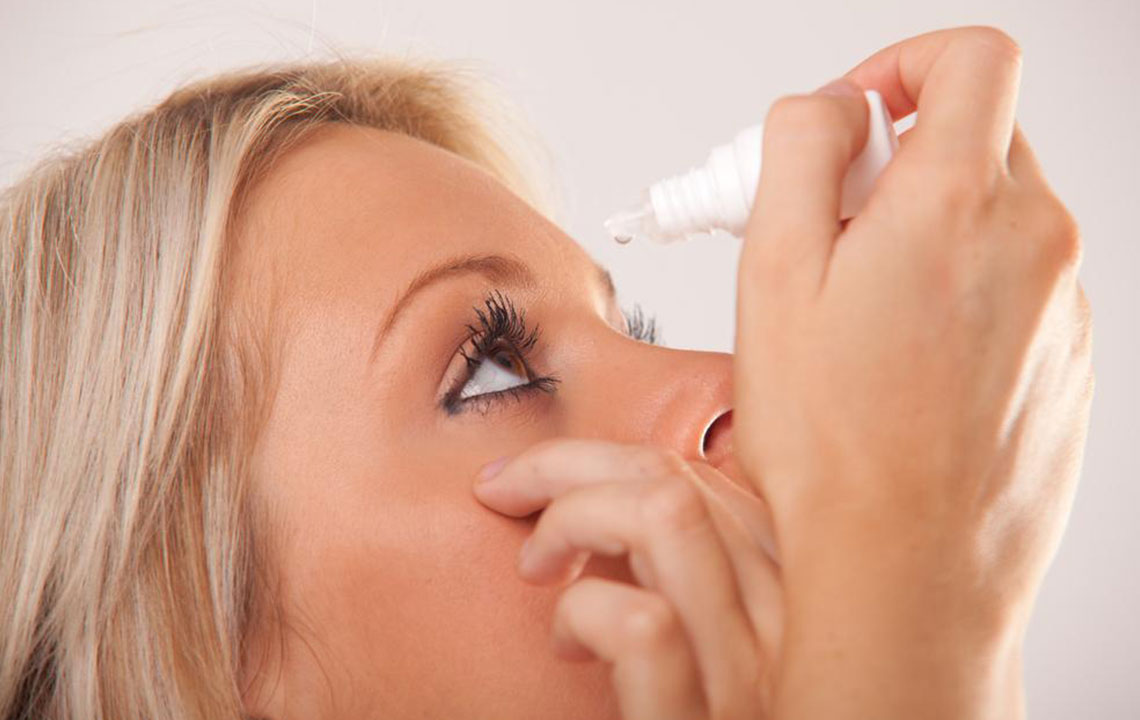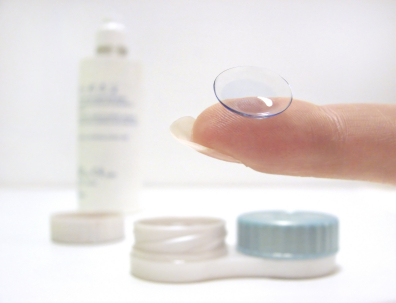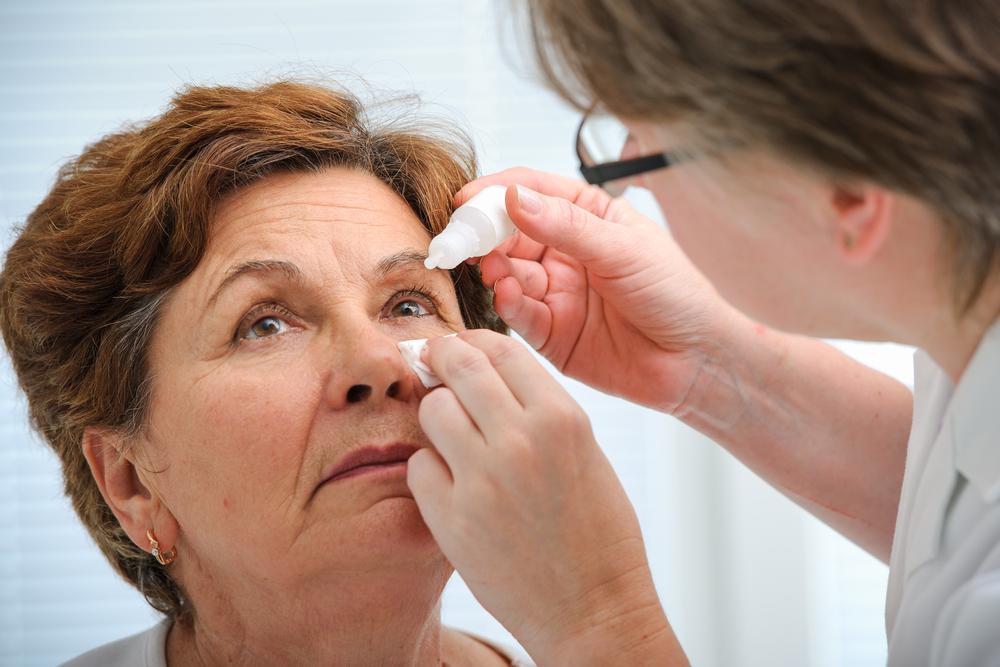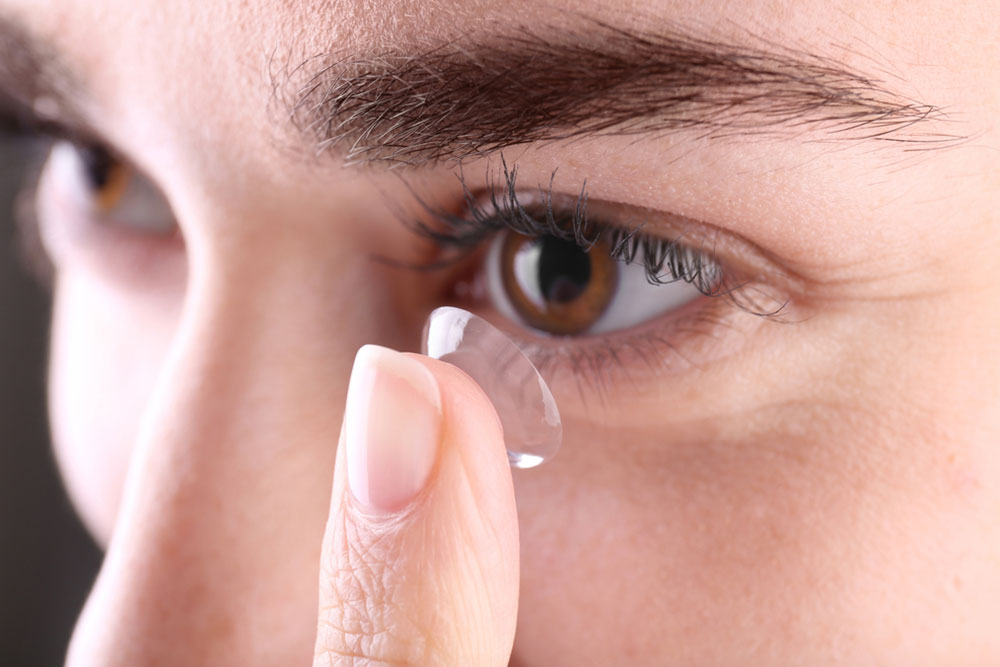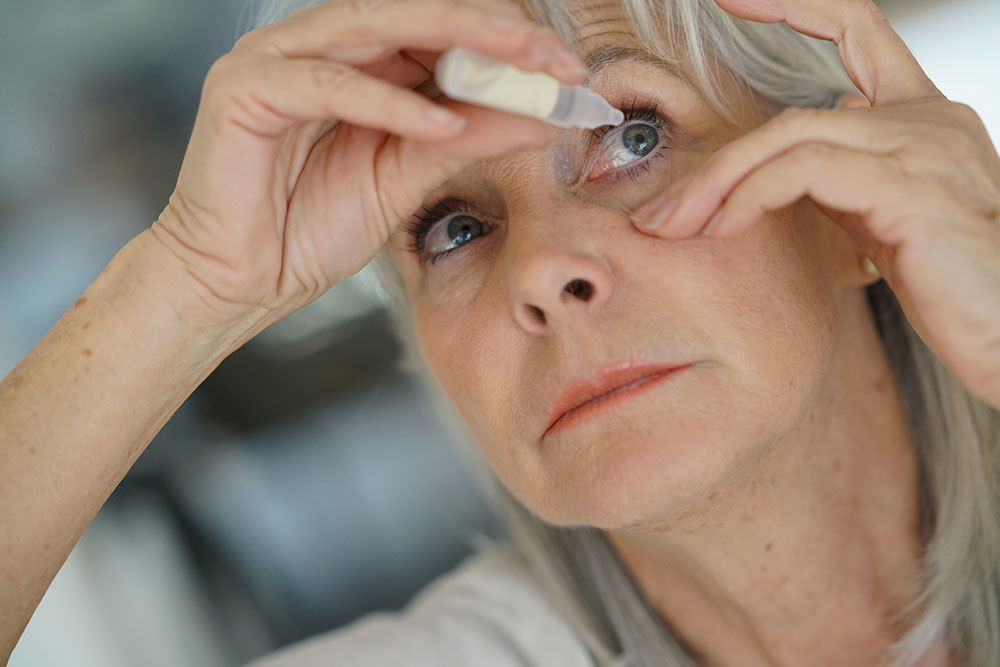Effective Approaches to Combating Dry Eye Symptoms and Enhancing Eye Comfort
Discover comprehensive strategies for alleviating dry eye symptoms including artificial tears, tear duct occlusion, Lipiflow therapy, hormonal treatments, and anti-inflammatory medications. This detailed guide helps you understand options for relief and long-term eye health management, ensuring improved comfort and vision clarity.
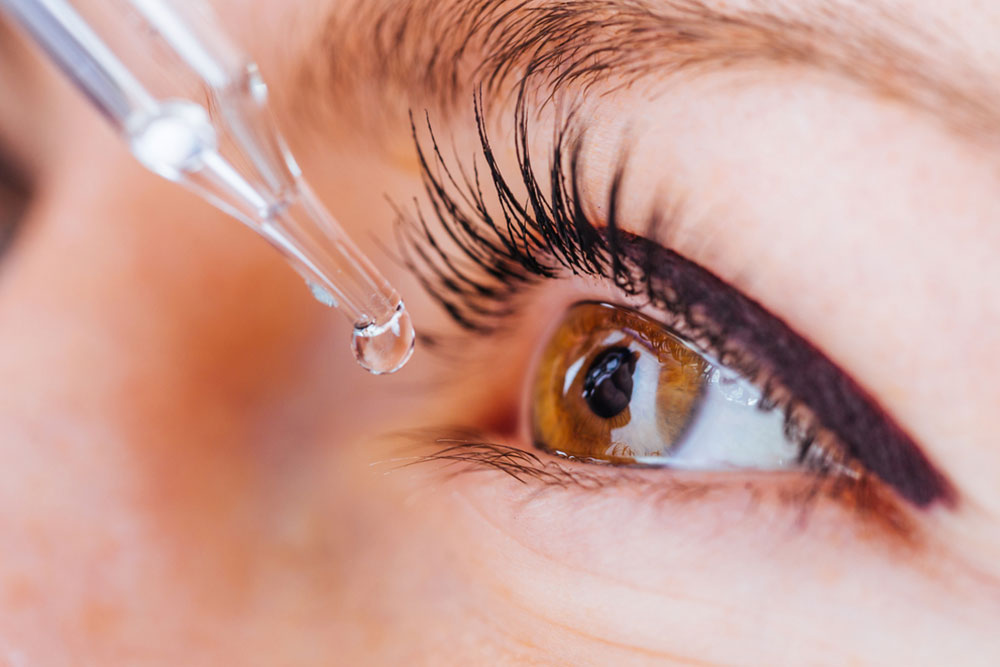
Effective Approaches to Combating Dry Eye Symptoms and Enhancing Eye Comfort
Dry eye syndrome is a common condition that significantly affects vision clarity and daily comfort. It can be caused by multiple factors such as prolonged screen exposure, natural aging processes, eyelid abnormalities, or other health conditions. Recognizing the causes is crucial for effective management and relief. This comprehensive guide explores the most reliable strategies to alleviate symptoms, improve eye moisture, and restore comfort, whether through over-the-counter solutions, medical interventions, or advanced therapies.
Understanding dry eye syndrome is essential for choosing the right treatment plan. Aside from environmental factors, age-related decline in tear production and eyelid function often play a pivotal role. Some medications, especially antihistamines used for allergies, can reduce tear secretion, worsening dryness. Additionally, autoimmune diseases like rheumatoid arthritis may contribute to ocular dryness, further complicating the condition. Addressing these underlying issues is part of an effective management plan.
Utilizing Artificial Tears and Lubricants for Immediate Relief
One of the simplest and most accessible solutions for dry eye relief is the use of artificial tears and lubricating eye drops. These products mimic natural tears and provide immediate hydration, alleviating discomfort caused by dryness. Numerous options are available in the market, tailored to different needs and severities. Popular brands include Celluvisc, Clear Eyes CLR, Gen Teal, Hypotears, Lacri-lube, Liquitears, Refresh, and Ultra Fresh. They work by moistening the eye surface, reducing burning, irritation, and the gritty sensation common in dry eye sufferers.
For optimal results, it's important to select the appropriate type of artificial tears—whether preservative-free formulations for frequent use or thicker gels for longer-lasting comfort. Regular application can significantly improve daily comfort and visual clarity, especially in environments with dry air or during prolonged screen time.
Temporary Closure of Tear Ducts to Retain Eye Moisture
Another effective method to manage dry eyes involves controlling tear drainage through temporary or permanent closure of the tear ducts. The tear ducts, or nasolacrimal ducts, drain tears away from the eye into the nose. Blocking these ducts allows tears to remain longer on the eye surface, enhancing lubrication. Temporary blockage is achieved with special dissolvable plugs like Sharepoint, Ultra Plug, or Beaver Visitec. These plugs are inserted into the tear ducts and gradually dissolve over time, providing a reversible way to test efficacy before considering permanent options.
This method is particularly beneficial for individuals with insufficient tear production. The temporary plugs can be easily removed if necessary, and they often provide immediate relief from dryness and irritation.
Long-Term Solutions Through Punctal Occlusion or Cautery
For sustained relief, especially in cases where temporary plugs are ineffective, permanent occlusion of the tear ducts may be advised. This can be achieved via non-dissolvable punctal plugs or cauterization. Cautery involves cauterizing the tear duct opening with a heated instrument, closing the duct permanently to prevent tear drainage. This approach ensures that tears are retained on the eye surface longer, thus improving lubrication over the long term.
While effective, these procedures are generally reserved for severe cases and require consultation with an ophthalmologist. The success rate is high, but patients should be aware of potential risks like excessive tearing or eye irritation. Proper evaluation by an eye care specialist helps determine the most suitable permanent management strategy.
Innovative Lipiflow Therapy for Gland Function Restoration
Dry eye caused by Meibomian gland dysfunction (MGD)—a condition where eyelid oil-producing glands are blocked or malfunctioning—can be effectively treated with Lipiflow therapy. Lipiflow devices apply controlled heat and gentle pressure to the eyelids, unblocking the glands and stimulating natural oil production. The oil layer in tears is essential for maintaining tear stability and preventing evaporation, which is a common cause of dry eye symptoms.
This non-invasive procedure is typically performed in ophthalmology clinics and can provide relief that lasts for months. Improving gland function helps restore the natural tear film, offering a long-term solution for chronic dry eye sufferers.
Hormonal Treatments to Improve Gland Function and Tear Quality
In some cases, dry eye results from hormonal imbalances, particularly low testosterone levels that impair the function of eyelid oil glands. Topical testosterone therapies can help stimulate gland activity and improve tear quality. Medications such as Androgel, Axiron, or Testim are commonly used to enhance gland function and reduce dryness-related discomfort.
Hormonal therapy should always be administered under the supervision of a healthcare professional, as dosage and duration are critical for safety and effectiveness. This approach offers a personalized solution for patients whose dry eye condition is linked to hormonal deficiencies.
Targeted Reduction of Eye Inflammation with Lifitegrast
Chronic dry eye is often associated with ocular surface inflammation. The medication Lifitegrast, marketed as Xiidra, provides targeted relief by blocking key inflammatory mediators in the eye. By reducing inflammation, Lifitegrast helps restore tear production and improves overall eye health.
This prescription eye drop is especially beneficial for patients with dry eye disease linked to autoimmune conditions or persistent inflammation. Regular use can lead to significant symptom improvement, making it an essential treatment option in comprehensive dry eye management.
Managing dry eye disease often involves a combination of these strategies tailored to individual needs. Consulting an eye care professional is essential to determine the most effective approach, especially in persistent or severe cases. Advances in treatment options, from simple eye drops to sophisticated procedures like Lipiflow and hormonal therapies, have made it possible for many patients to regain comfort and clear vision.
